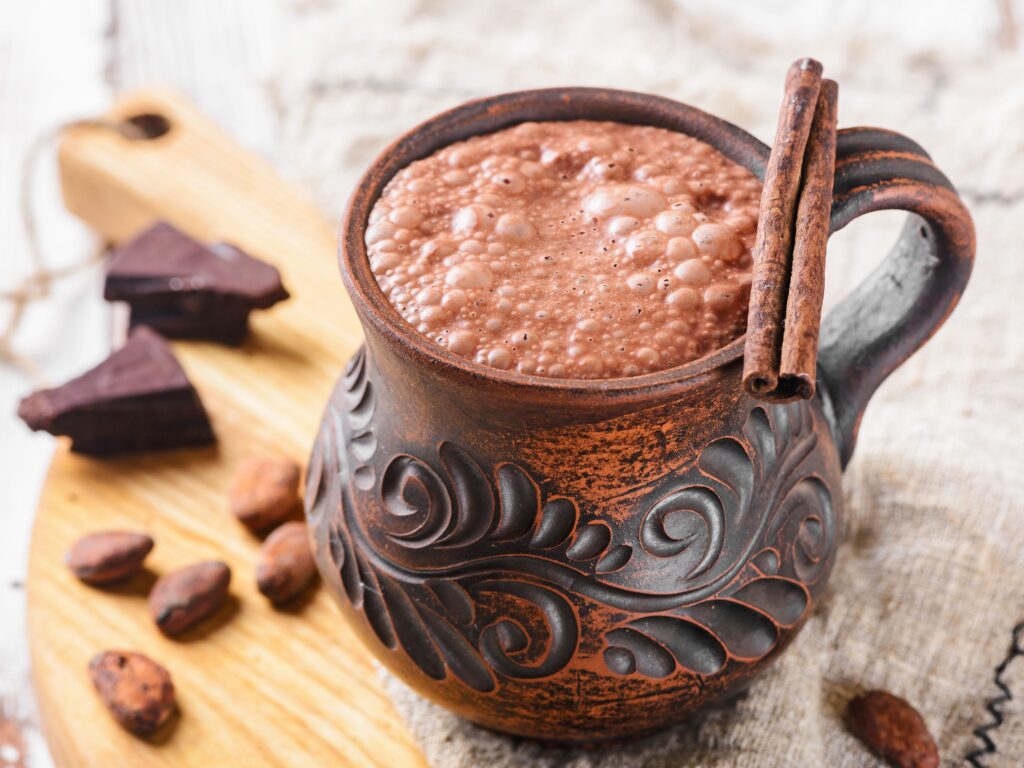It was a sunny spring day and part of the educational trip we had organized included a visit to a chocolate shop. We trotted down the busy street in the center of Oaxaca City, passing by shops selling mezcal next to flowery embroidered blouses, following the fragrance and promise of freshly ground cacao paste.
Our guide had told us the locals like this store because each person can choose the perfect chocolate blend to fit each family’s personal taste, a tradition that has been ingrained in the culture for generations. Each week when the bag of soft chocolate paste arrives in the home kitchens, the children help by rolling small balls as ready-to-use portions, which then the mom wraps in a cloth and hangs from the ceiling to keep the children from eating them.
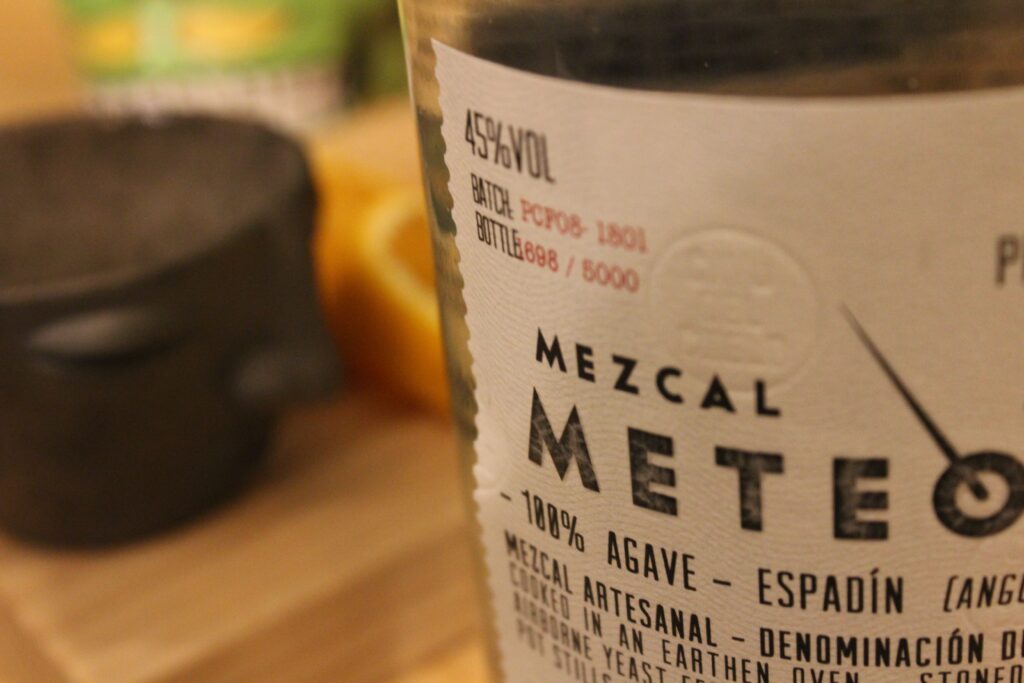
We stopped at the traffic light across the street from the sign reading “El Mayordomo, La Casa del Chocolate,” tempted by the chocolate fragrance and the hints of cinnamon. The bustling shop smelled like a giant cup of cocoa. Cashiers ringing people’s orders, and a small waiting room filled with patient customers waiting for their chocolate. We walked toward the back, passing through glass doors to the mixing area where three men handling large grinders stood surrounded by trays of cacao beans piled with cinnamon sticks and almonds. Each tray had a factura, or order form, with the specific amounts of cinnamon, almonds, and sugar each customer preferred. The men would drop the contents of the tray inside the grinder and collect a thick paste in bags, stick the factura on, and set it to the side. Every few minutes a shop assistant would come by and pick up the orders for clients waiting right outside the doors.
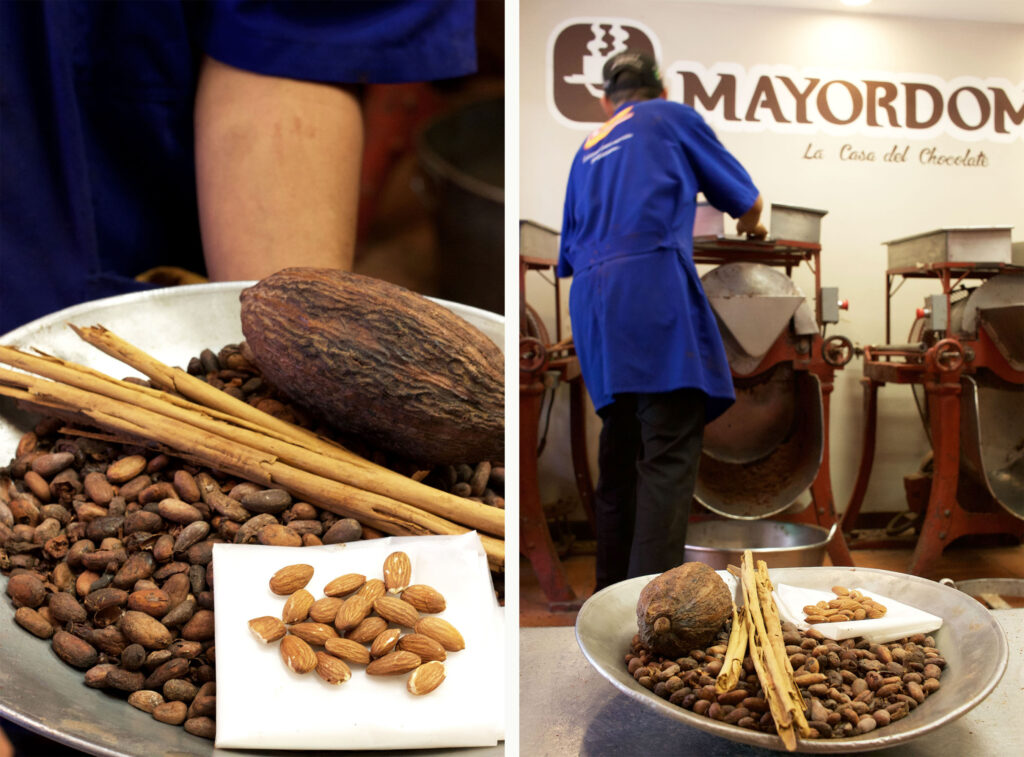
Cacao is an intricate part of Mexican food culture. Since at least 1500 B.C.E. the Olmecs in modern southern Mexico began processing cacao pods by fermenting, drying, and grinding the beans into a powder. The Mayans, in and around the Yucatan peninsula, continued the tradition of making a hot frothy drink, sometimes adding cornmeal and chilies, and using melipona bee {an indigenous stingless bee} honey sparingly. The Aztecs later took cacao as strictly divine, drank mostly by the leaders and the wealthy. Together with corn, cacao was considered sacred and valued higher than gold. This hot chocolate wasn’t the sweet drink we now know; in fact, the Spanish invaders commented in their notes that this frothy drink was bitter and unpleasant to their taste. Europeans had been indulging in sugar cane for a while and felt the need to add it to hot chocolate upon arrival at their aristocrat tables.
We left the chocolate shop with ingots of chocolate, still drunk by the intense chocolate abduction, and headed to the Mercado 20 de November to taste Tejate.
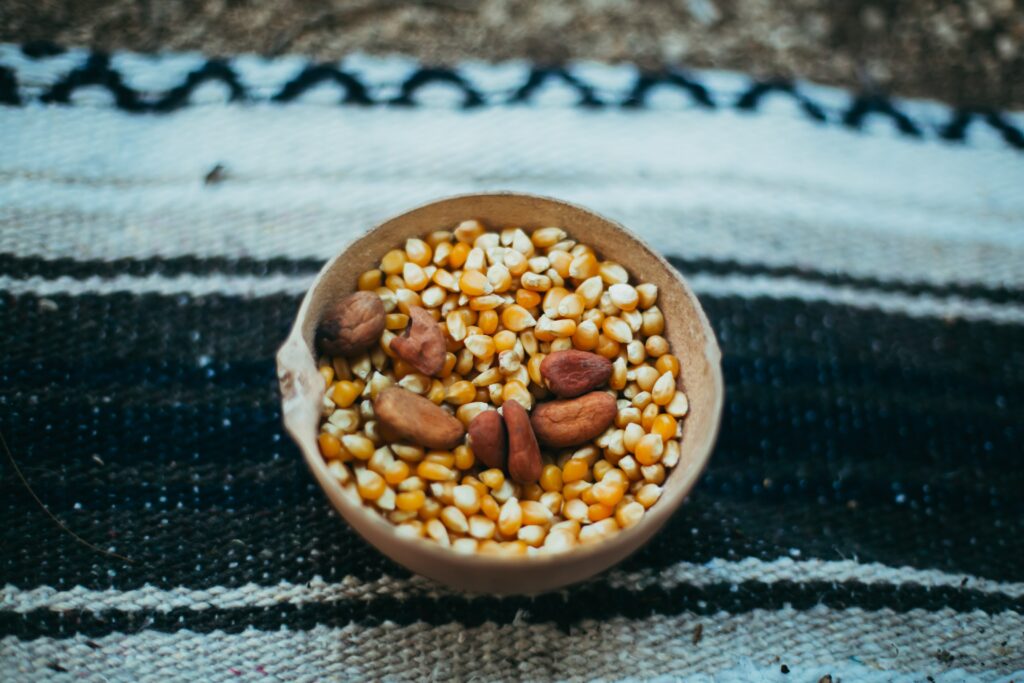
Tejate
“Tejate is a corn and cacao drink of pre-colonial times, a gift from the Gods to women, who are now the guardians of the tradition,” said our guide as we entered the market. Bumping side-to-side between vendors of chapulines (crickets) and fried maggots, next to mangoes spilling onto the ground, we passed herbal stores with offerings to cure any ailments, and shops filled with bags of dozens of chili varieties, from sweet to smokey, or intensely spicy, on our search for Oaxaca’s most traditional chocolate beverage.
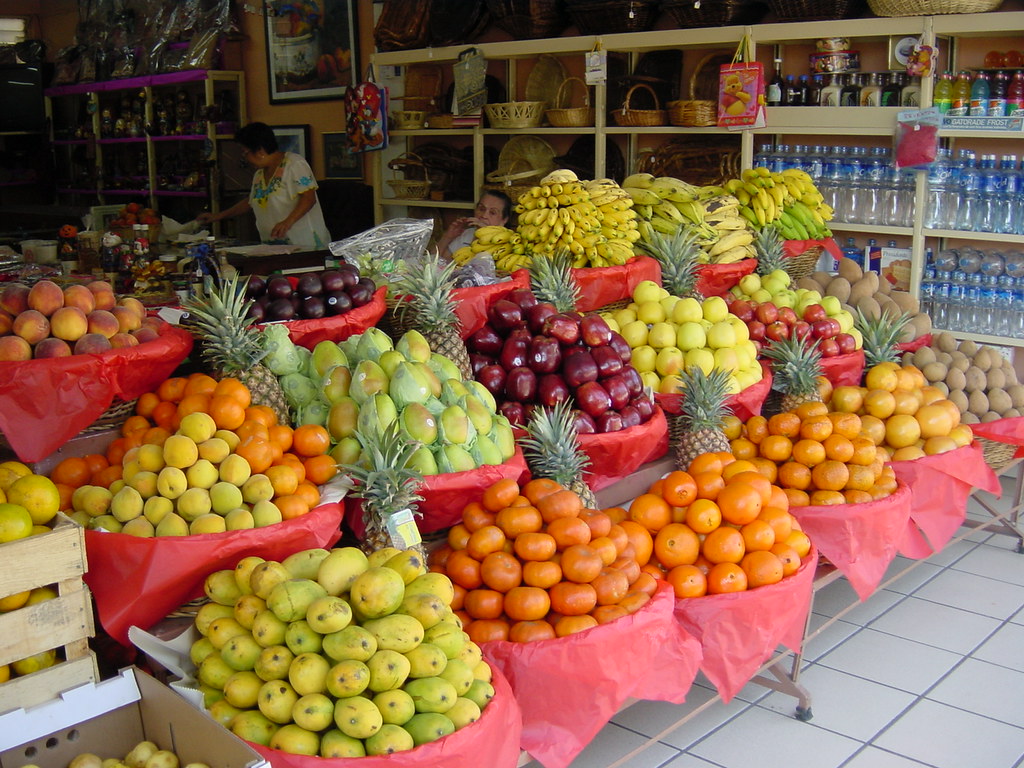
We stopped in front of a lady sitting with a large clay pot covered with a cloth, next to a fruit vendor. “She sells the best tejate,” our guide told us, as we lined up to buy the much-anticipated drink. She uncovered the bowl revealing a cloud of foam floating over the liquid, dotted by large ice blocks.
Tejate is the collision of beloved ingredients built into the food culture of Oaxaca for centuries. Historically, cacao was brought from Chiapas to Oaxaca as part of a trade established by the Zapotecs, the people of Oaxaca. The women would toast cacao beans, together with Rosita de cacao flowers, and mamey seeds on a comal {a clay griddle} before grinding them into a paste in a metate. Then add to maize that had been cooked with lime {the mineral} and ash to soften and release its nutrients, a process known as nixtamalization, and then ground into masa. They would mix the cacao paste and the masa and slowly mix in water by hand to reach the desired consistency. The tradition stands to this day, sometimes found with a small addition of sugar, but largely the same ingredients and method have been preserved by women all over the region. Perhaps the only big change has been the use of molinos {or mills} in exchange for the metate, a stone block where women used to grind corn and cacao, among other products, since the wee hours of the morning.
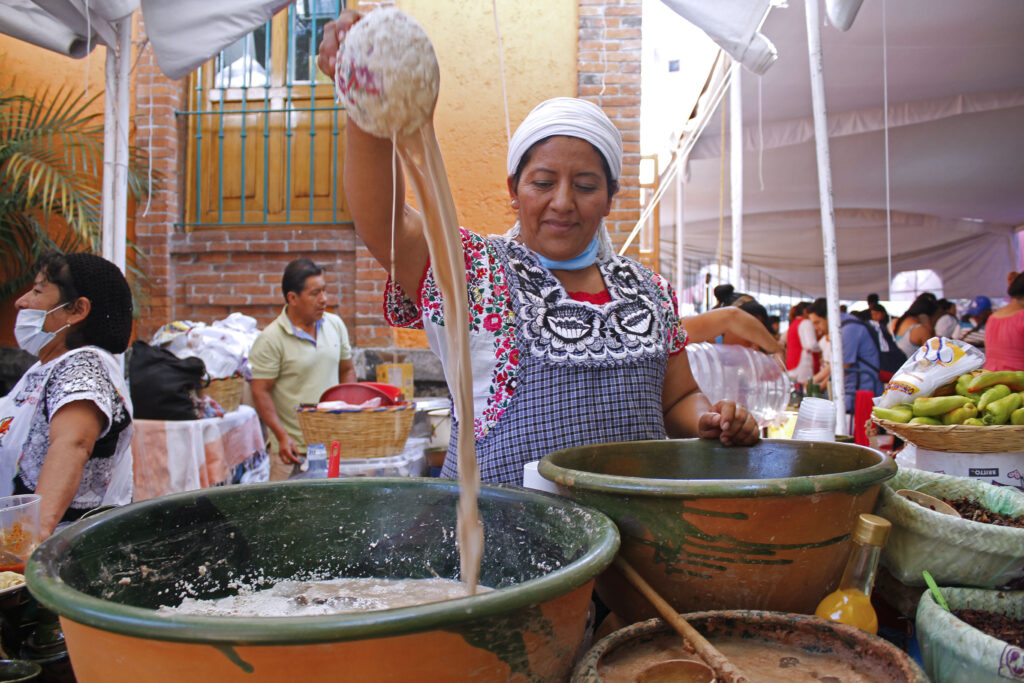
At the market, the lady grabbed a hollowed-out gourd and stirred the tejate, pouring bowl-fulls from up high to produce more foam or flor, and releasing a delicate floral aroma, then handed us a couple of bowls of the foamy drink to share. The flowery, slightly nutty drink, was cold and refreshing, and unlike any other chocolate beverage we had ever tried before. The maize gave it a slightly creamy texture and the foam broke like clouds of cacao with each sip.
Other sources
https://www.smithsonianmag.com/history/archaeology-chocolate-180954243/
https://www.mexconnect.com/articles/3912-tejate-drink-of-aztec-rulers-and-zapotec-gods/


